
Cinema, utilizing the combined efforts of visuals, writing, sound/music, lighting, and many other elements, is perhaps the ultimate art form. For over 100 years, movies continue to bedazzle audiences, but what is it that grips audiences so much?
There are great characters, a great story, great writing, but sometimes there’s the little details that the audience is technically looking at, but they don’t know they are. Here are 10 great examples of brilliantly subtle visual styles.
1. Almost Any David Lynch Film – Soft Focus
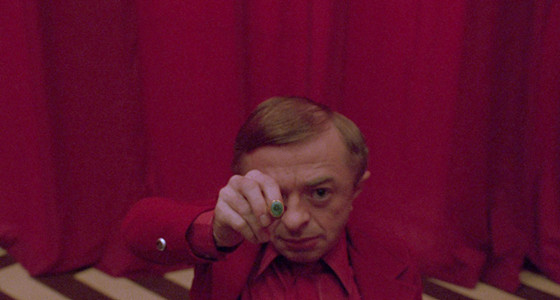
A famous scene from Blue Velvet, in which a character sings Roy Orbison’s “In Dreams”, pretty much sums up everything a typical David Lynch film is about. The key to the signature Lynchian style – a world that is often surreal and objectively incomprehensible – is the achievement in a dream-like state. Through this, the viewer is puzzled at what they’re seeing, hearing, and feeling – double puzzling that these Kafkaesque tales take place in the real world…well, for the most part.
Many different elements are used to capitalize this dream-like state, but in regard to the visual aspect, a key stylistic choice is the use of soft focus. Firstly, the soft focus makes everything seem so angelic and tranquil to an unrealistic degree. Even more effective; as mentioned earlier, a Lynch film tends to take very dark and unwelcoming turns. To pull the viewer into this heavenly atmosphere only to push them straight into hell makes this shift all the more powerful.
2. Aguirre, The Wrath of God (1972, dir. Werner Herzog) – Hand-Held In a Historical Setting
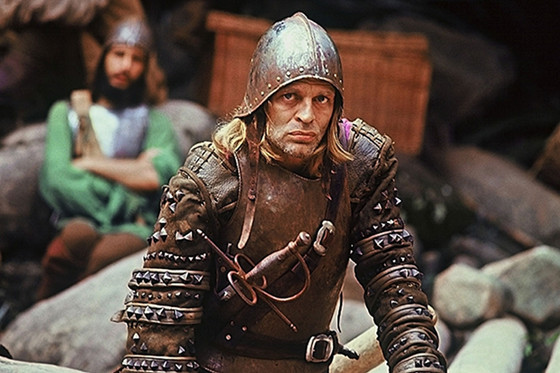
History as told by Werner Herzog (albeit, taking creative liberties) is an idea so fascinatingly unpredictable that it becomes an all-too tempting invite. The particular history in question is a doomed Spanish expedition in search of El Dorado, led by the greedy and power-hungry conquistador Lope de Aguirre, and what follows is often considered Werner Herzog’s finest achievement and one of the greatest foreign films of the 1970s.
Notorious Herzog regular Klaus Kinski takes the helm as the titular character and leads the audience through the dense and misty jungles. It is an absorbing experience, thanks in many parts to Kinski and a wonderful score by Popol Vuh, but also in the way it was shot (on location, by the way).
As far as visual style goes, Aguirre, the Wrath of God is shot handheld, resembling a documentary much of the time. This technique is nothing new – not even back then, so what makes this worth mentioning? Well, it’s not particularly often that a period piece of this sort is shot like this – on the contrary, these kinds of films tend to be shot as professionally as possible (from this era, anyway).
With Aguirre, however, the handheld makes this a more engaging picture, making the audience feel as if they’re right there. Once again, a fairly unremarkable result of this style, but here is a scenario, time period, and setting the average audience member has no experience with, and to make a period piece of this sort this engaging is what’s remarkable.
3. A Brighter Summer Day (1991, dir. Edward Yang) – Distant Observation
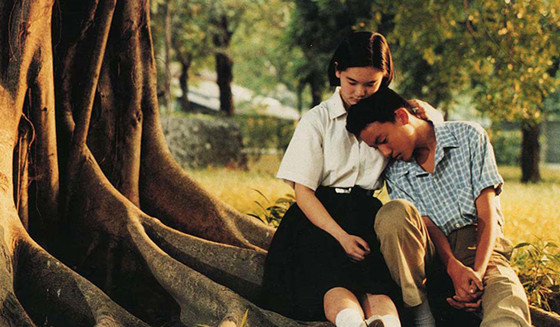
Though met with widespread acclaim upon release and continually recognized as a masterpiece, Edward Yang’s epic went unseen by a majority of US audiences for 20+ years due to borderline nonexistent availability (a disturbing trend with Taiwanese cinema). Thanks to a release from the Criterion Collection, availability has blossomed. Though the runtime will abhor many (4 hours), for those willing to give the time needed, audiences will be rewarded with a cinematic experience that will always be remembered as extraordinary.
Based on the true story of a young girl’s murder, A Brighter Summer Day is an examination of the generational gap, a significant shift in culture, and out-of-control youth, with tensions between two teenage street gangs being the plot’s center. It is a sad sight, seeing these children so nihilistic about the well-being of their own futures and finding purpose only in petty crime. The audience bears witness to this as an adult would, which adds to the tragedy.
A Brighter Summer Day contains almost no close-ups. All of the action is watched flatly from a few feet’s distance, putting the audience in a casual pedestrian’s perspective: they’re seeing something horrible, but is there anything that can really be done to stop them? Sometimes, one must admit lack of control and can only watch from a distance.
4. In Vanda’s Room (2000, dir. Pedro Costa) – Use of DV
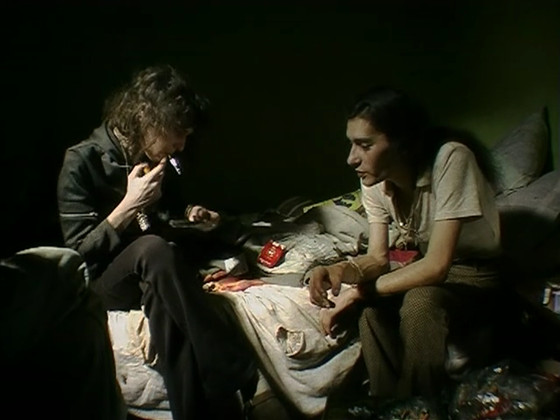
Nobody captures the otherworldly realm of third world slums and their desperate inhabitants quite like Pedro Costa does, and this reputation is only solidified in what is known as the Fontainhas Tetralogy, starting with Ossos, followed by In Vanda’s Room and Colossal Youth, and has ended, for now, with Horse Money.
A signature of this tetralogy is its use of rather low-quality DV, and nowhere is this visual style more effective than in the series’ second entry, In Vanda’s Room. A docudrama of sorts, In Vanda’s Room enters the harrowing life of heroin addict Vanda Duarte.
The camera looks unflinchingly as her world falls apart around her because of her drug addiction, as well as the slums that seem to be collapsing. While DV nowadays looks as good as high quality film, back in 2000, DV was low quality, and it is through this low quality DV that brings out the textures in the film – everything appears much dirtier and decayed. It all results in a portrayal of desperate living sure to stay with the viewer for quite some time.
5. Oldboy (2003, dir. Park Chan-wook) – Interior Color Palette
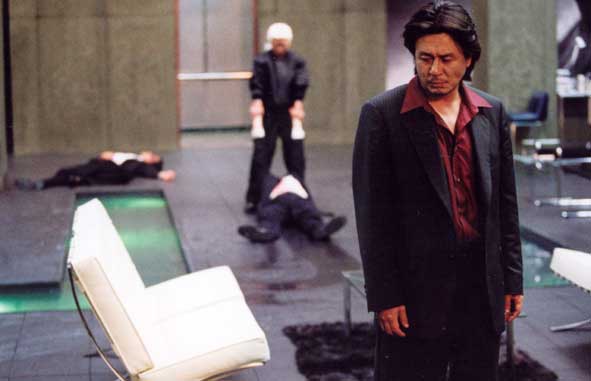
A tragic revenge tale of Greek proportions, Oldboy follows Oh Dae-su, a man who has been inexplicably confined in a private prison cell for 15 years. Upon release, he sets out on a violent journey to find the answers and those responsible for his kidnapping.
What follows in Park Chan-wook’s centerpiece to his Vengeance Trilogy undoubtedly stands the test of time as one of the finest thrillers of the 21st century, and arguably the most iconic film from the South Korean New Wave.
“How’s life in a bigger prison, Oh Dae-su?” This inquiry is a key line: Oh Dau-su is, indeed, living a life in a bigger prison. Yes, he has been released, but his life is now driven only by a vengeful spirit, a driving force he is so obsessed over he is, in a way, imprisoned by it, and this is further proved by the film’s visuals: Oldboy tends to exhibit a darkened color palette, as if it is set entirely indoors, even when the action is set outside in the sun.
When entering the doorways that may contain answers, indoor locations tend to feel even colder, darker, and more confining. It is a subtle and bold choice in visual style that further strengthens a masterpiece of modern world cinema.